"Smart Growth" and "New Urbanism" Compared with "Large Lot Zoning" (Tom Lane) [ Home Page – Click Here]
(May 17, 2017) – Traditional "Large Lot Zoning" is "Greener" than "Smart Growth" within Urban Growth Boundaries . . . Copyright 2009 – 2017 . . . Tom Lane . . . Photographing California, Arizona, Nevada, New Mexico, Colorado, Utah, Oregon, and Seattle, Washington.
(Feb. 23, 2011) PART 1 – Low Density with Private Yards, or, “Smart Growth Seattle?”
Above: The Hilltop Community in Bellevue, Wa. features large lots with mid-century architecture with a private trail system through a greenbelt.
Under revision with more neighborhoods and photos forthcoming, both part 1, and part 2. Bellevue photos of Enatai and Beaux Arts Village are in the Bellevue section, link: https://smartgrowthusa.wordpress.com/2010/10/17/kemperfreemanlightrailbellevuesquare/
NOTE: Also see PART 2 of this series, for more neighborhoods, at this link:
(Feb. 23, 2011) A primary goal of smart growth is to build community, with neighbors living close together, and children playing with their neighbors in alleys between townhomes and shared community parks and athletic facilities, versus traditional private yards.
However, another paradigm has been a part of the suburbs for decades. Traditional large lot neighborhoods have offered the same amenities as smart growth (i.e. parks, community centers, and athletic facilities). However, they often provide very strong neighborhood associations, who facilitate community events, infrastructure development, and tree preservation.
For example, the Bellevue neighborhood association for Enatai preserves its Old Growth native trees, to block noise from Interstate 90: http://enataineighborhood.org/enatainneighbors.aspx Photos of Enatai, and adjacent Beaux Arts Village, appear at my Bellevue post:
https://smartgrowthusa.wordpress.com/2010/10/17/kemperfreemanlightrailbellevuesquare/
A new trend are Neighborhood Association web site classified sections with services and items for sale. Check out the new Mirrormont Neighborhood Association Classifieds. As of February 23, 2011, there was everything from hearing aid batteries to Middle East and Mediterranean Cooking classes for sale: http://www.mirrormont.org/classifieds/
Isn’t this how neighborhoods used to work, by selling things to your neighbor? Does this work better in Smart Growth Towers, or, in large lot neighborhood associations?
One other point is with smart growth, local governments allocate land and monies for parks and community centers. In contrast, neighborhood associations in large lot suburbs perform the same function. This is more efficient, since if you and your neighbors want to establish a new community center, you go to your neighborhood association, and the project doesn’t face the extended review process inherent to City Councils and Planning Commissions.
In the Seattle area, there are several large lot suburbs with strong neighborhood associations, that contrast sharply against the smart growth towers and townhomes. Here’s a link to approximately one hundred neighborhood associations in the Bellevue, Wa. area: http://ci.bellevue.wa.us/pdf/NEP/Neighborhood_Associations_10_2006.pdf
Hilltop, near Bellevue, Wa.
I’ll start with Hilltop, a nationally recognized mid-Century modern unincorporated area surrounded by Bellevue, up the hill from associations Horizon View and Somerset. From their neighborhood association web site (http://hilltopcommunicy.com):
“Welcome to hilltop! this is a unique place, unlike many “planned communities” sprawled across suburbia. It was founded over fifty years ago by a group of forward-thinking individualists, who wanted a place to live that included a strong sense of community, privacy, and environmental awareness.”
Another description states:
“Hilltop is a cooperative community formed 60 years ago with the idea that a home and its site should be in harmony with the land. There are 40 home sites with underground utilities, 23 acres of greenbelt, a swimming pool, tennis court, play field and extensive walking trails. There are spectacular views of Lake Washington, Lake Sammamish, downtown Seattle, Puget Sound, the Olympic Mountains and Mt. Rainier.
Architects who designed homes for the original Hilltop families included Wendell Lovett, Lionel Pries, Roland Terry. The neighborhood is a blend of civic activism and social bonding. Volunteers from each household join committees that deal with finance, security, the water supply and work parties to help maintain the greenbelt and repair community property. They even publish a community yearbook. This is a wonderful place to live, raise a family or retire, close to shopping and schools with a country feel.”
Wow! Isn’t that what most Americans want, or, do they want smart growth towers and townhomes?
Additional Links on the Hilltop community, architecture, and history:
Hilltop Neighborhood Association Inc. –
http://hilltopcommunity.com/introduction.html
Seattle Times: On the Hilltop, families share a world view of how to live together:
http://seattletimes.nwsource.com/html/pacificnw/2004325348_pacificphilltop06.html
The Bellevue P-I – A Historical Summary:
http://blog.seattlepi.com/bellevue-pi/archives/235136.asp
“425 Magazine” –
Fabulous Fifties: Welcome to Bellevue’s Hilltop Neighborhood:
http://www.425magazine.com/article_read.php?articleid=45
Here are some photos of streets in Hilltop – very peaceful and green. The lots are very large and nicely secluded, and it’s difficult to show homes and streets together. This is due to dense native vegetation, and mid-century modern construction painted in earth tones, blending into the trees:

Looking north, towards Mt. Baker and the Seattle LDS (Mormon) Temple in the Forested City of Bellevue.

Native vegetation and tall trees extend over the roads. It’s like driving through a tunnel. Very nice.
Here’s a photo of the private trail system:

Private trail system in Hilltop over a 23 acre greenbelt, with private swimming pool and tennis courts.

Another nice street. Many residents have planted Rhododendrons and other evergreen shrubs and hedges.
And, east of Hilltop beyond these trees, this Bellevue neighborhood on another hill does not share the same philosophy as Hilltop, with white colored homes that do not blend into the environment, and few trees:

This Bellevue neighborhood, visible through the trees from Hillop, does not share the same philosophy, with white homes that do not blend in with the landscape, and few native trees.
High Valley
High Valley is a very exclusive large lot community, who like many of those featured here, is under 24 hour video surveillance. Property sizes range up to several acres, along a forested hillside at the south slopes of Squak Mountain. It’s in unincorporated King County, above May Valley and 10 minutes from Renton. The neighborhood association appears to be the High Valley Community and Saddle Club, apparently with no web site.
The lowest parts of the community are horse properties. The upper areas are delightful large forested lots, with private horse and hiking trails. The neighborhood offers wide streets, and paint colors match the surrounding landscape (just like at Hilltop).
High Valley has numerous signs indicating the neighborhood association, the presence of local covenants, and a high degree of security, with 24 hour video surveillance:

Several High Valley streets feature attractive stone drainage ditches. Note the purple Winter Flowering Heather.

A covered bus station for kids during rain. Communities with neighborhood associations offer special amenities not found elsewhere.

Community involvement and philanthropy in neighborhood associations is often greater than what one normally finds.
WARNING! Read THIS sign . . . Neighborhood associations provide the best security, since citizens help local law enforcement follow “suspicious people” such as urban planners and landscape architects taking photos!

Private trail system in High Valley. Imagine if all neighborhoods were like High Valley, with neighborhood associations, private trails, and private citizens helping local law enforcement. This arragement is similar to small neighborhoods in this country a century ago. I think this system is best, instead of high density smart growth, or sprawl on 1/10th acre lots.
Here are some great horse properties in High Valley:

The road in the distance leads uphill, towards the hillside properties of High Valley, along the slopes of Squak Mountain.
Sunset Valley Farms
This large lot community with a neighborhood association is on the south side of May Valley Road, near High Valley and Mirrormont (forthcoming). This area features large lots, wide streets, and panoramic vistas of the Issaquah Alps (Squak Mountain, and the three divisions of Tiger Mountains).
Surrounding farming communities in May Valley are off limits to development with smaller lots (i.e. a quarter acre), due to the four county Urban Growth Boundary from the Puget Sound Regional Council. To return to land within the regional boundary, one would have to travel two or three miles in several directions: west to Renton, NW to Newcastle, N to Issaquah, or S to Maple Valley.
The Sunset Valley Farms neighborhood association web site includes a map of the community, with a total of 90 very nice large lot properties arranged on curving streets:

90 very nice Large Lot Properties in Sunset Valley Farms in May Valley, between Renton and Issaquah, and near Newcastle and Maple Valley, Wa.
Here are photos of Sunset Valley Farms. I think that 90 large lot properties with a neighborhood association is perfect, in an unincorporated area of King County, outside of the four county regional urban growth boundary.

Typical street view in Sunset Valley Farms, wide street, large setbacks, and native trees. Looks like the 1970’s or 1980’s.

View from Sunset Valley Farms of the Tiger Mountains, east of May Valley, and southeast of Issaquah.

HUGE TREE! Nearly 100′ tall. Since this was formerly an agricultural area, this is an Eastern US hardwood planted years ago, perhaps in the 1800’s? Squak Mountain in the distance (it’s north of SR-900, on the same side as High Valley).
May Valley
May Valley is an unincorporated area of King County, east of Renton, north of Maple Valley, and south of Issaquah. The communities described here (High Valley, Sunset Valley Farms, and Mirrormont) are in the vicinity of May Valley.
Along with many other unincorporated areas on this web site in the Seattle area, May Valley has been a site of local debate for years. With the Washington State Growth Management Act, it was blocked to small lot development, and placed under some sort of a critical areas ordinance.
It’s unclear to me if the City of Renton can annex part of the valley for small lot development. Certainly, the commute from May Valley to Seattle and Bellevue is several miles less than from those who leapfrog from the PSRC’s isolated “urban growth islands:” Enumclaw, Black Diamond, the Redmond Ridge PUD, and Snoqualmie.
With the possibility of peak oil, and our addiction to foreign oil from countries that don’t like us, and want to blow up Israel, shortening commute times is critical. Extending public transit and bike lanes through May Valley, along with extending the urban growth boundary to the slopes of Tiger Mountain (east of Mirrormont), would allow more development closer to the Seattle-Bellevue metro, than currently exists in far eastern King County. And, this would conserve oil, as “peak oil is nigh.”
May Valley, typical farm, with Squak Mountain (1800′) in the background:

30 Feet and 15 Feet. Remember, these are large lot rural properties with fire danger. Sign is visible westbound on SR-900 at a fire station in May Valley.
Mirrormont
Mirrormont is a very special unincorporated large lot neighborhood of several square miles in second growth tall trees. It’s along the Southwest slopes of Tiger Mountain, at the far eastern edge of May Valley (east of SR-169, and southeast of Issaquah). Architectural styles are varied and diverse, from cute A-frame shingle covered homes to brand new mansions, mostly painted in earth tones to blend in with the environment. There are trails (maintained by King County), along with a community pool, community gardens, country club, and tennis courts (all maintained by the neighborhood association, link: http://www.mirrormont.org/).

Special features such as this bridge are present throughout Mirrormont, adding character and increasing home values.

Another bus station on South Tiger Mountain. Note the sign – End County Maintained Road. Unfortunately, Mirrormont is outside the UGB, so there are no sidewalks or bike lanes. Dead end roads are not necessarily maintained by the County. I haven’t driven up one, but let’s say I spun out on snow or ice on a day like this, and hit a tree. What would I say to my insurance company? Is it a pubic or private road? Would they even pay for the claim? Yet another problem with urban growth boundaries. King County needs a consistent transportation plan on all roads, not just those inside the UGB. Same problem at the nearby Four Lakes community (not shown yet).

Two stop signs, alerting you to slow down . . . and recognize the awesome surroundings . . . you have left the dungeons between the smart growth towers inside the regional urban growth boundary! Chill out in Mirrormont . . .

Community gardens, in mid winter. Fenced, probably because of the deer … on SW Tiger Mountain, this area will have lots of wildlife. To the left are the tennis courts.

Mirrormont Park (adjudicated by King County Parks) features these old growth tree stumps, surrounded by living second growth forest. Are your kids going to discover native forests in “smart growth” parks with non-native plants, where developers have clearcut the second growth, prior to constructing ugly, towering condos and crowded adjoining three story townhomes?

South Tiger Mountain road in the eastern part of Mirrormont. As I’ve said before, The Washington State Growth Management Act apparently allows for no widening of rural roads in unincorporated areas for bicycling. If the Puget Sound Regional Council really wants to promote bicycling, they need to add shoulders to country roads, not just roads in the already incorporated areas. Obviously, bicyclists don
Stay tuned to Part 1 and Part 2 for more.
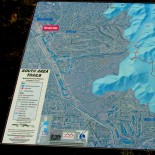























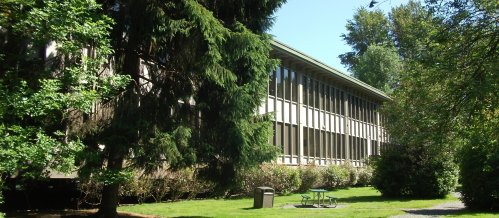
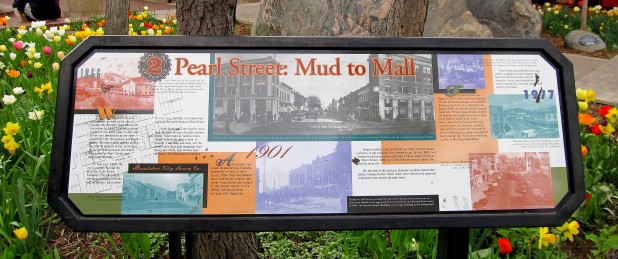

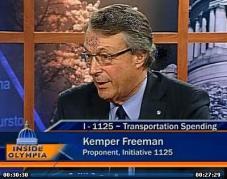
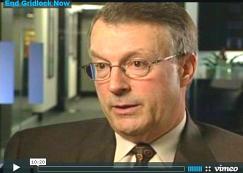
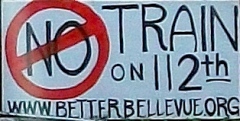

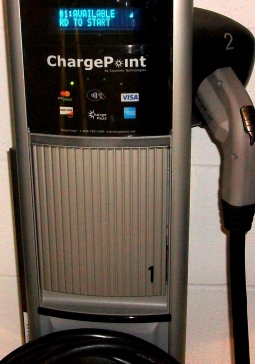


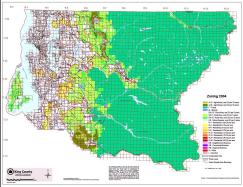
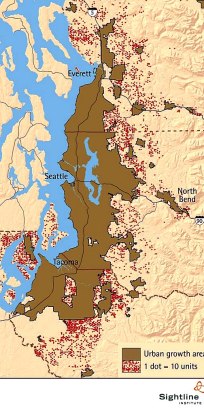
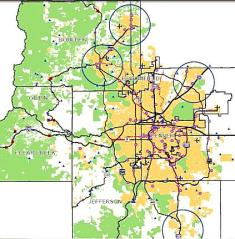
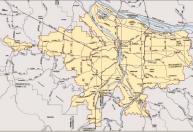
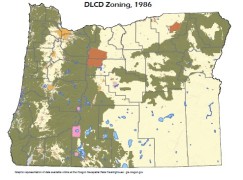
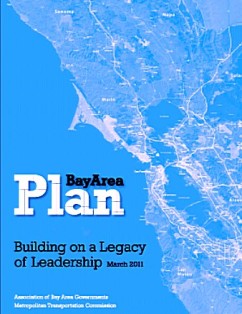

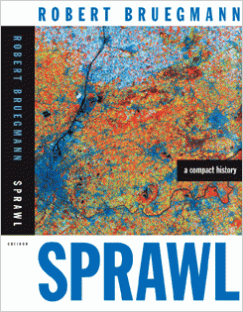

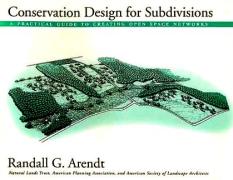
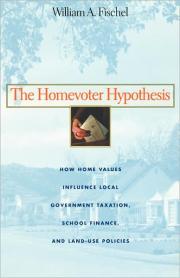
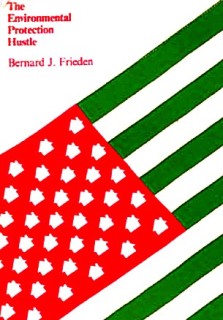
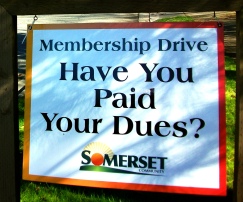
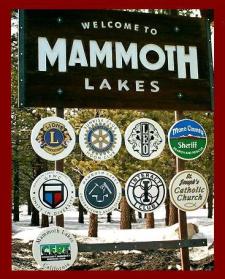
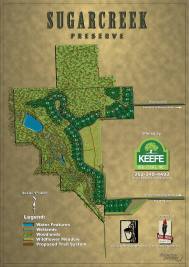

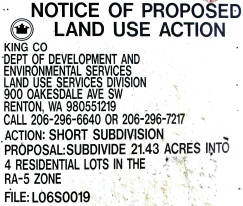
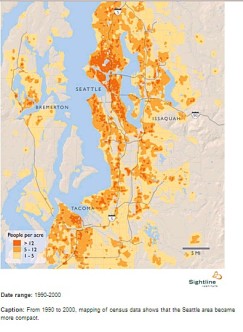
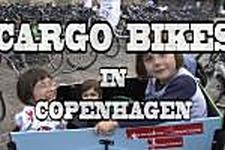
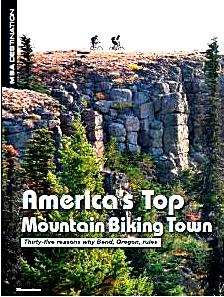
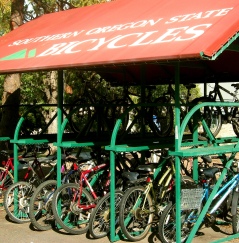

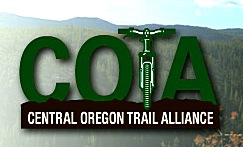

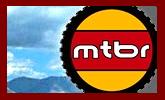




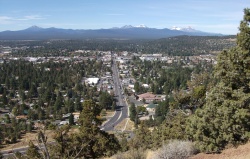
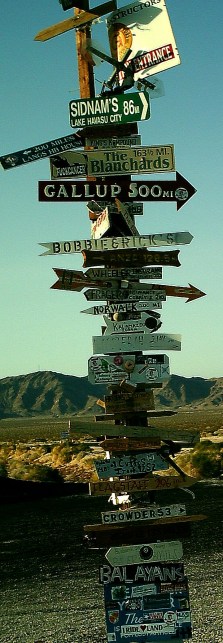
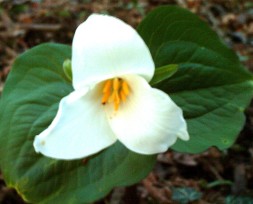


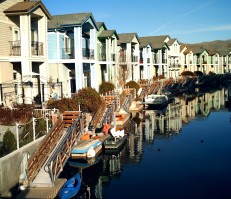

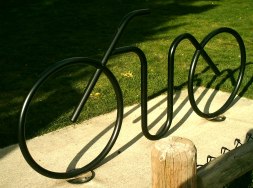
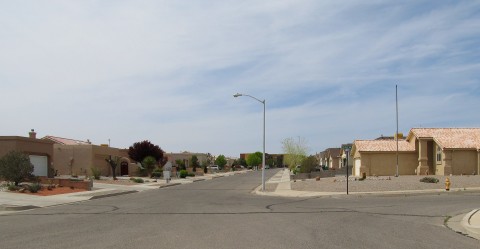
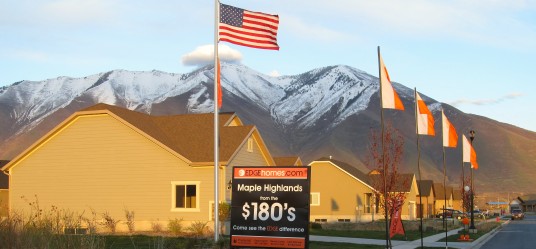
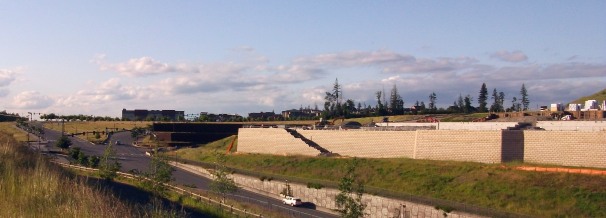


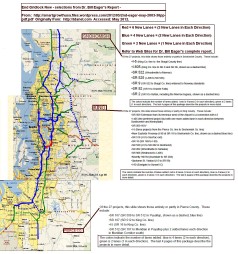
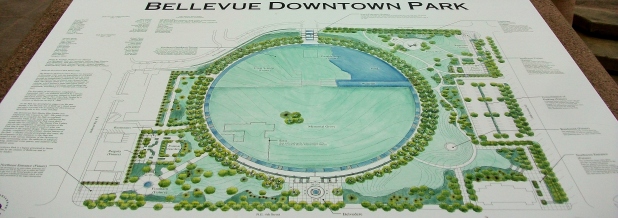


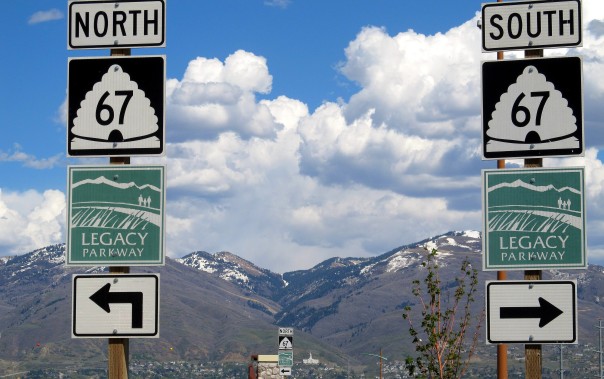
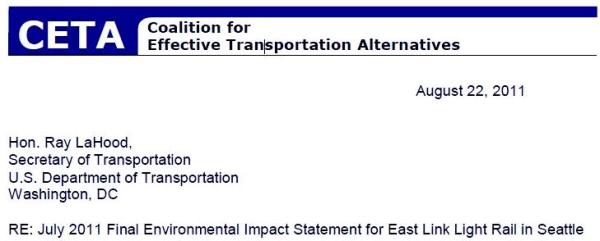
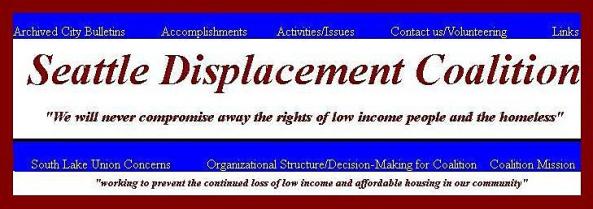
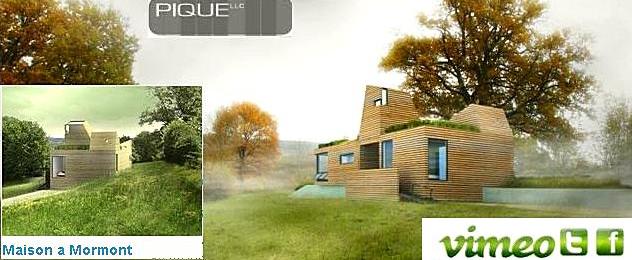
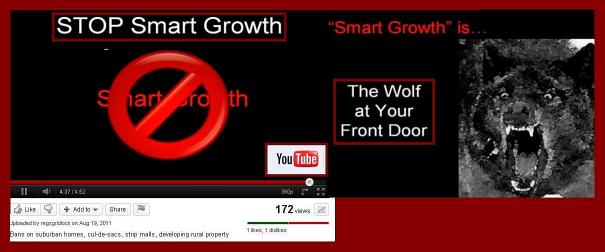

Do you have any photos of areas even further out, like Maple Valley, Enumclaw, Buckley, Black Diamond, Hobart, and North Bend? These have very large lots and lots of native trees.
Please update the HOA website link for our association, Sunset Valley Farms, to: svf90.com
Thank You,
Robert Main, President
Sunset Valley Farms HOA